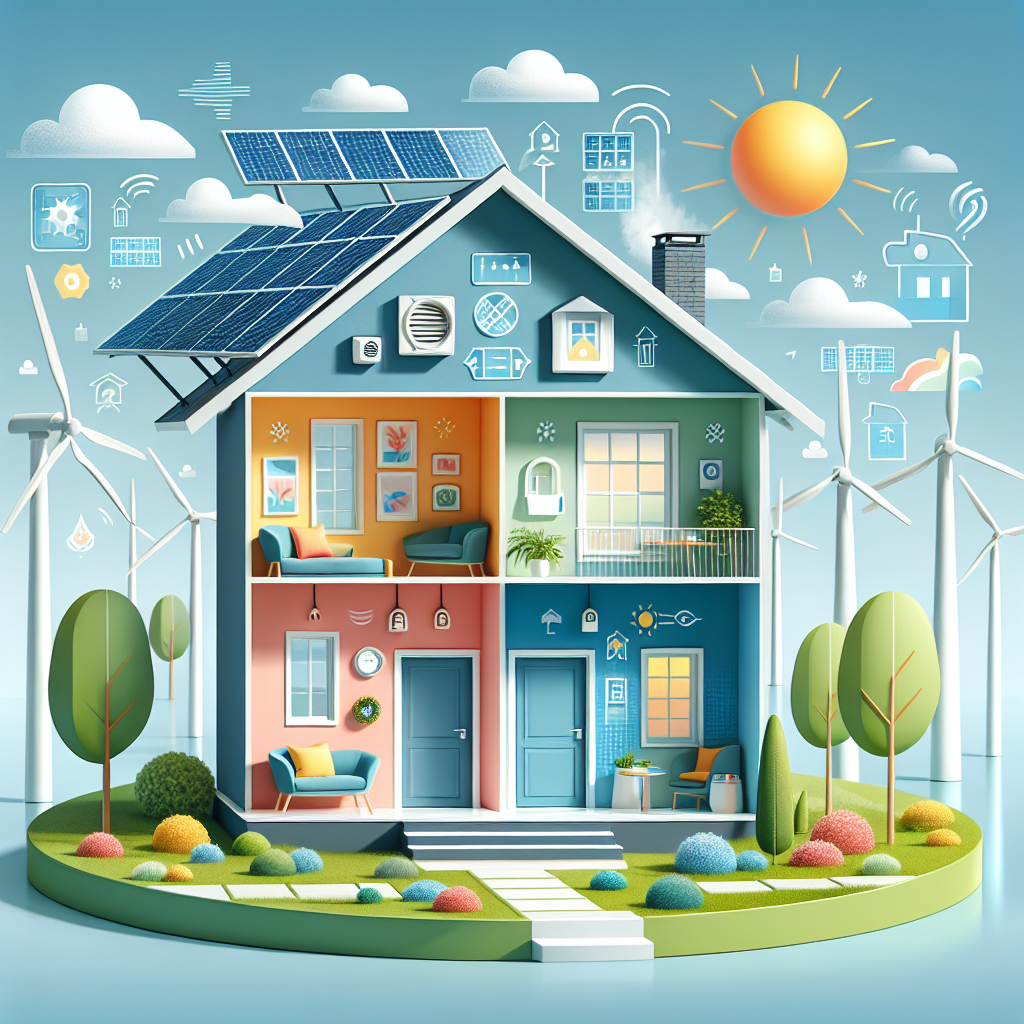Your cart is currently empty!
Maximizing Energy Efficiency with Smart Ventilation Strategies

In today’s world, energy efficiency is more important than ever. With concerns about climate change and rising energy costs, finding ways to maximize energy efficiency in our homes and buildings is crucial. One often overlooked aspect of energy efficiency is ventilation. By implementing smart ventilation strategies, we can not only improve indoor air quality but also reduce energy usage and lower utility bills.
One key smart ventilation strategy is to use a combination of natural and mechanical ventilation. Natural ventilation, such as opening windows and using vents, can help bring fresh air into a building without the need for electricity. This can reduce the workload on mechanical ventilation systems, saving energy in the process. By strategically opening windows and using vents, you can create a natural airflow that helps cool a building in the summer and warm it in the winter.
Another smart ventilation strategy is to use energy-efficient ventilation systems. Energy-efficient ventilation systems, such as energy recovery ventilators (ERVs) and heat recovery ventilators (HRVs), can help reduce energy usage by recovering heat or coolness from outgoing air and transferring it to incoming air. This means that your heating and cooling systems don’t have to work as hard to maintain a comfortable temperature, saving you money on energy bills.
Additionally, smart ventilation strategies can include the use of programmable thermostats and sensors. By using programmable thermostats, you can set your ventilation system to run only when needed, reducing energy usage when the building is unoccupied. Sensors can also help regulate ventilation based on factors such as humidity levels, air quality, and occupancy, ensuring that your ventilation system is running efficiently and effectively.
In conclusion, maximizing energy efficiency with smart ventilation strategies is a cost-effective and environmentally friendly way to improve indoor air quality and reduce energy usage. By combining natural and mechanical ventilation, using energy-efficient ventilation systems, and implementing programmable thermostats and sensors, you can create a more energy-efficient and comfortable living or working environment. So, consider implementing these smart ventilation strategies in your home or building to save energy and money while also reducing your carbon footprint.

Leave a Reply